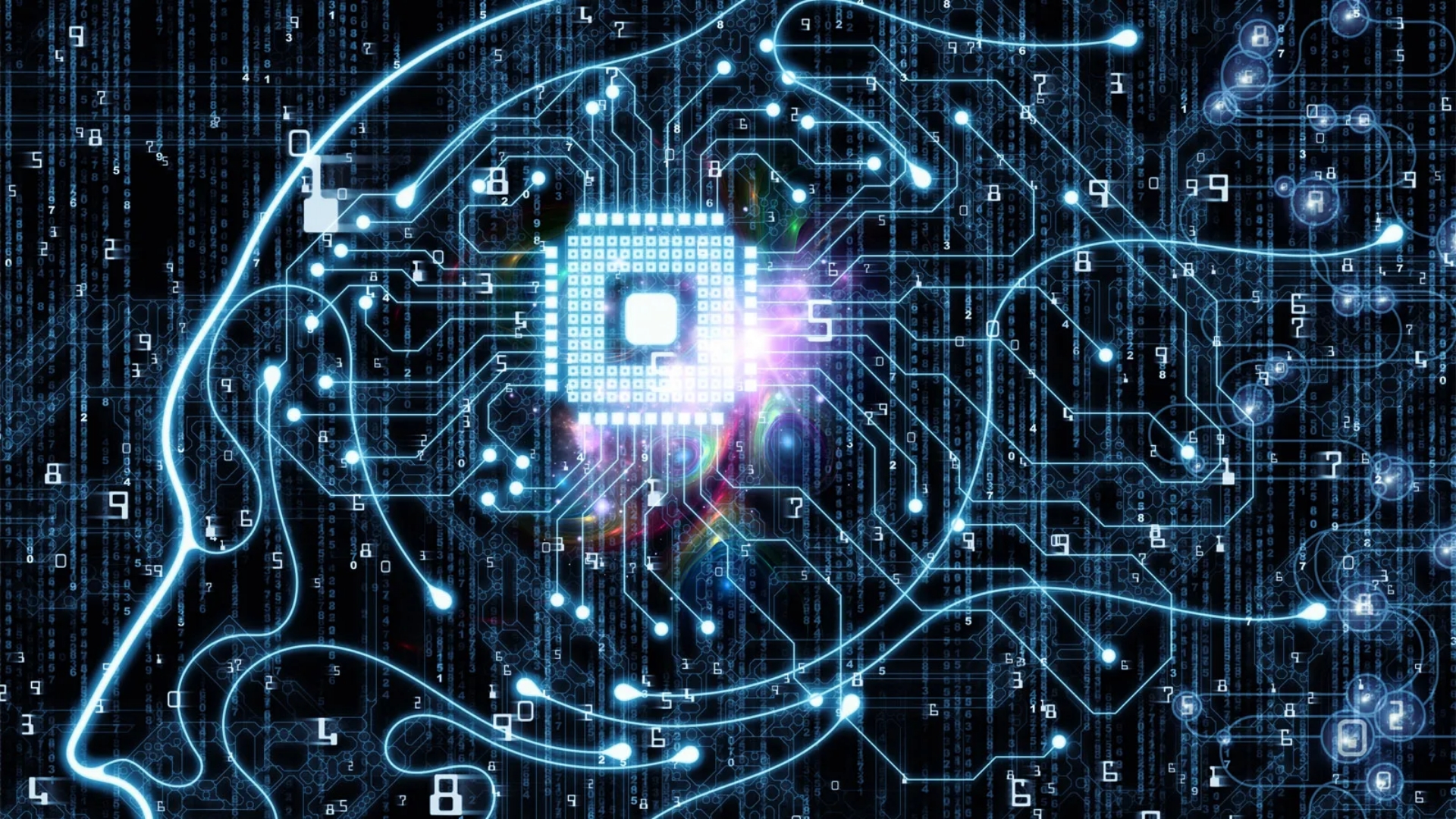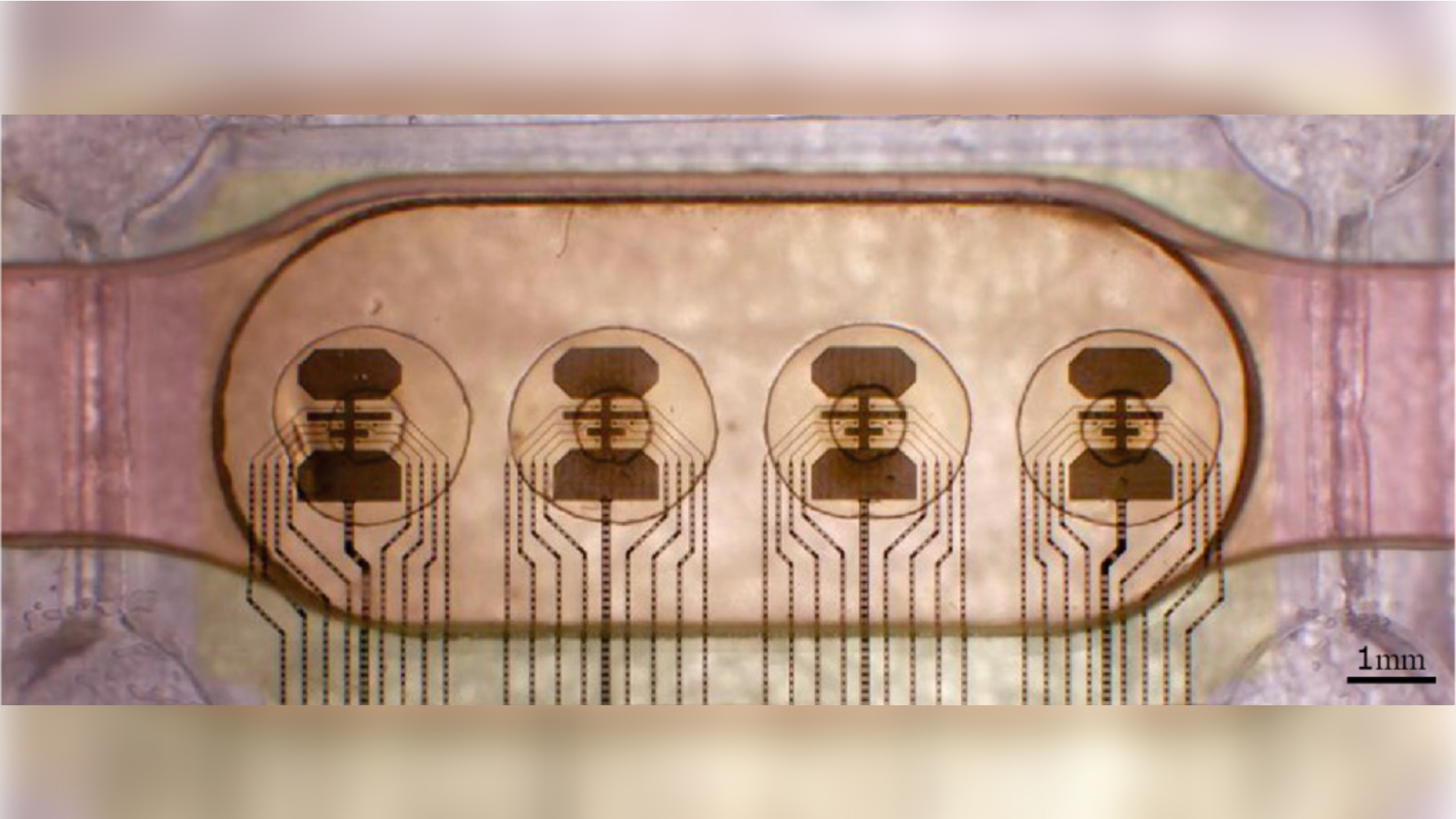16 human mini-brains are used by a Swiss business to create a low-power "Biocomputer."

While artificial intelligence (AI) researchers are emulating human brain neural networks, the potential of nature's original design is underscored by the fact that these sophisticated systems require more energy.

A biocomputer that interfaces with living brain cells has been introduced by the Swiss startup FinalSpark; it consumes a great deal less energy than conventional computers. The platform makes use of wetware computing, which is the culture of organoids—human brain cells cultivated in a lab. Together with artificial neural networks, this technology is enabling scientists to analyze miniature reproductions of individual organs, a trend that is rapidly expanding. Bioprocessors, according to FinalSpark, use a million times less energy than conventional digital processors.
FinalSpark’s research team reports that training a single large language model like GPT-3, a precursor to GPT-4, required 10 gigawatt hours, or roughly 6,000 times the energy that one European citizen uses in a year. However, we don’t have any numbers on their specific system, its energy usage, or its processing power.
By 2030, the IT sector is expected to account for about 2% of global CO2 emissions, while the AI sector is expected to consume 3.5% of the world's electricity. Researchers are investigating the synergies between brain cell networks and computing circuits to make computing more energy-efficient. In 2023, scientists developed a bioprocessor that learned to identify speech patterns by connecting computer hardware to brain organoids. More than 18 gigabytes of data were collected using over 1,000 brain organoids on the Neuroplatform.
There are a few upgrades, though: according to the FinalSpark team, researchers can connect to their system remotely, and the mini-brains can be kept alive for up to 100 days while having their electrical activity continuously monitored.
"Currently in 2024, the system is freely available for research purposes, and numerous research groups have begun using it for their experiments," Jordan and colleagues report.
The researchers say, "In the future, we plan to extend the capabilities of our platform to manage a broader range of experimental protocols relevant to wetware computing," such as infusing substances like medications and chemicals into organoids for testing.
Whatever direction this takes in supporting organoid or computing research, it will be interesting to watch what scientists may accomplish.
Frontiers in Artificial Intelligence has published the work.
